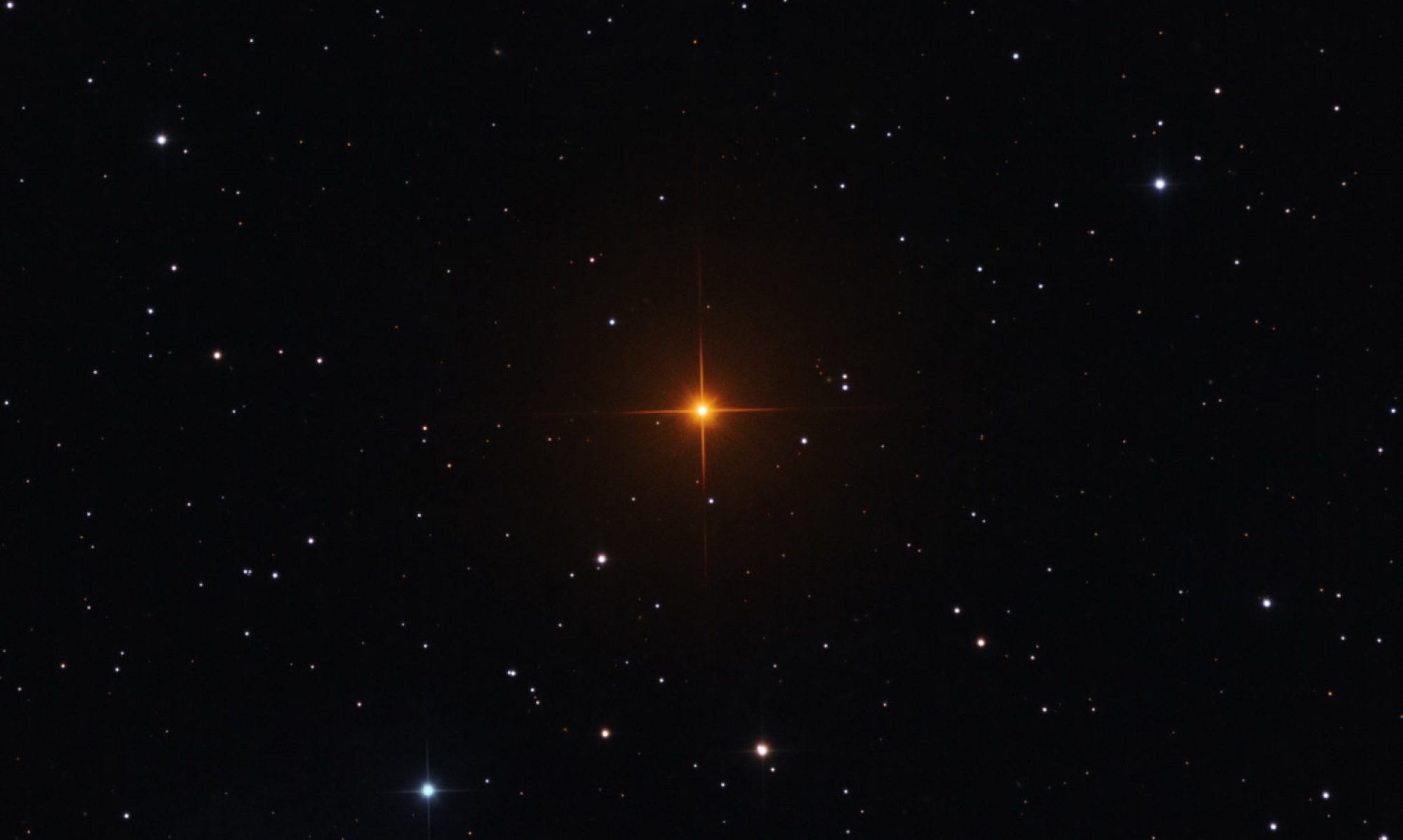
Written by Alejandra Aguirre-Santaella.
Summary of the paper with the same title accepted by JCAP.
arXiv: 2006.16706
TeV dark matter (DM) candidates are gradually earning more and more attention within the community, since there is no clear hint of DM signals in the GeV regime so far. One of these particles are branons, which could be detected with the next generation of very-high-energy gamma-ray observatories such as the Cherenkov Telescope Array (CTA).
Branons represent the vibrations of branes embedded into a higher dimensional space-time. These DM particles are WIMPs that may annihilate into e.g. a pair of quarks, a pair of weak bosons, or even a pair of photons, yet the probability for the latter to occur is extremely low. The branching ratio of annihilation into each SM channel depends on the mass of the branons and the tension of the brane. In case branons are considered thermal relics and their annihilation cross-section value is the one needed to account for 100% of the total DM content of the Universe, the tension is a function of the branon mass, and we are left with only one free parameter.
In this work, we study the sensitivity of CTA to branon DM via the observation of representative astrophysical DM targets, namely dwarf spheroidal galaxies. In particular, we focus on two well-known ones, Draco on the Northern Hemisphere and Sculptor on the Southern Hemisphere. For each of these targets, we simulated 300 h of CTA observations and studied the sensitivity of both CTA-North and CTA-South to branon annihilations using the latest publicly available instrument response functions and most recent analysis tools.
We computed annihilation cross section values needed to reach a 5σ detection as a function of the branon mass. Additionally, in the absence of a predicted DM signal, we obtained 2σ upper limits on the annihilation cross section. Our limits lie 1.5-2 orders of magnitude above the thermal relic cross section value, depending on the considered branon mass.
Yet, CTA will allow to exclude a significant portion of the brane tension-mass parameter space in the 0.1-60 TeV branon mass range, and up to tensions of ~10 TeV. More importantly, CTA will significantly enlarge the region already excluded by AMS and CMS, and will provide valuable complementary information to future SKA radio observations. We conclude that CTA will possess potential to constrain brane-world models and, more in general, TeV DM candidates.


